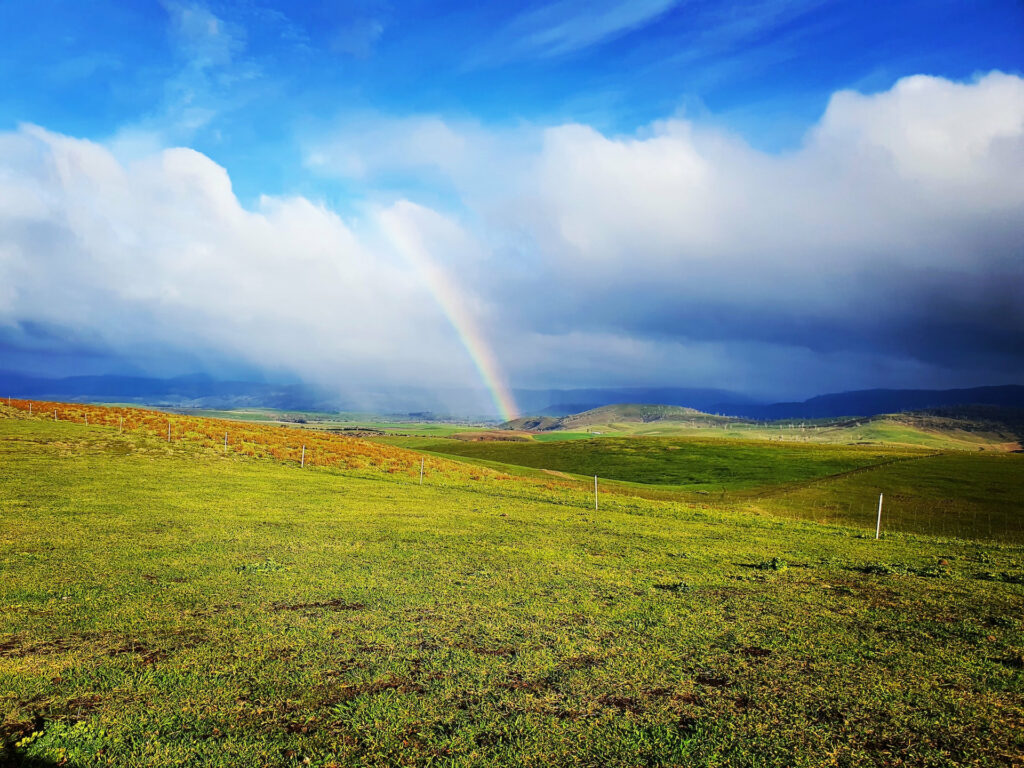Short-growing seasons, variable soil conditions and erosion prone north-facing slopes are some of the challenges facing dryland graziers in Tasmania. Thanks to a new website, they can now access an online repository of locally specific on-ground learnings that provides advice and solutions.
The Pasture Network website is a knowledge sharing hub that has been developed to assist dryland graziers in Tasmania to get the most out of their pastures.
It synthesises the activities and learnings of the Derwent Pasture Network, a three-year project facilitated by the Derwent Catchment Project, led by NRM South through funding from the Australian Government.
The website provides background on the distinctive challenges of dryland grazing and offers evidence-based information and materials to increase resilience and help safeguard dryland farming properties into the future.
Eve Lazarus, NRM Coordinator for the Derwent Catchment Project, noted that while there is a global wealth of knowledge on dryland grazing, finding information that is relevant for local conditions can be challenging. ‘The goal of our website is to collate resources and information from our local experts and provide access to the wealth of knowledge held by the farming community in an easy to access format.’
Information on how to build resilience and improve the condition and productivity of farms is all freely available, alongside monitoring and management-related factsheets, guides, podcasts and videos covering a range of topics.
Yolanda Hanusch, Project Manager with NRM South sees the website as a unique and incredibly valuable resource to support dryland grazers. ‘The website should be of particular interest for those managing farms in the Derwent Catchment and other dryland grazing areas, such as the Midlands and East Coast’, she added.
Information on the www.pasturenetwork.org website will continue to be developed for the benefit of producers into the future and ensure its legacy beyond the life of the project.
